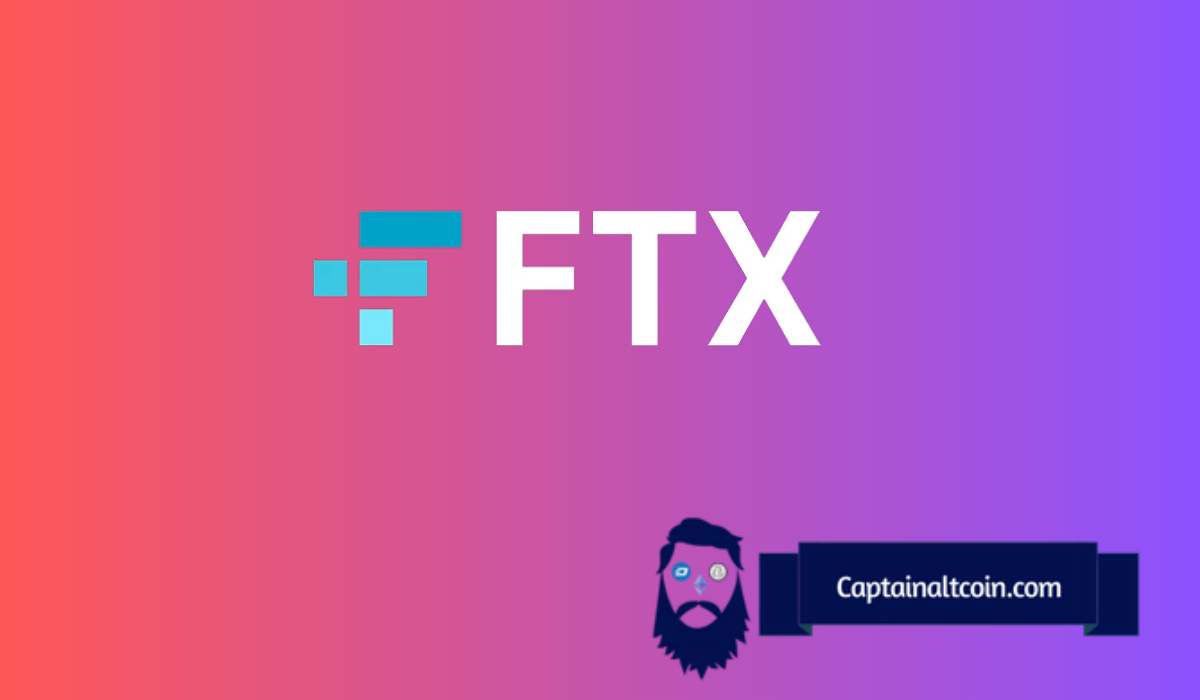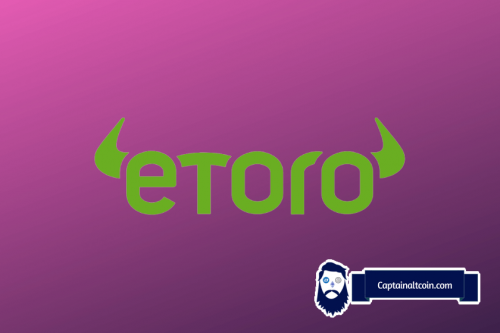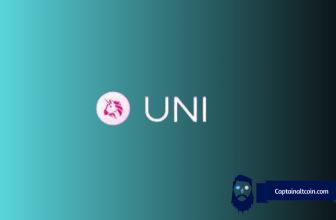
FTX was once hailed as a titan in the digital asset arena, although the question of whether it ever surpassed Binance in market influence remains debatable. The collapse of the exchange came as a shockwave in the crypto community, largely attributed to the actions of its then-CEO Sam Bankman-Fried, commonly referred to as SBF. With pending customer claims amounting to a staggering $16 billion, the platform’s future looked bleak. Yet, the brand’s name still carries weight—or does it carry a stain? As of August 24th, 75 entities had shown interest in acquiring FTX, with a deadline for bids set for September 24th.
What you'll learn 👉
FTX 2.0: A Phoenix or a Mirage?
What’s even more surprising is the nascent talks about the launch of FTX 2.0. Despite a tarnished history marred by allegations of scams and financial mismanagement, FTX seems to retain a peculiar allure. Could this be attributed to the evergreen influx of newcomers in the crypto space, many of whom may value brand name over reputation? It’s a legitimate query when one considers the sizable number of users who still keep their BTC and other assets in exchange wallets, despite cautionary tales from FTX and other platforms like Celsius, Voyager, Block-Fi, and Gemini.
Doge2014 raises 500K in days celebrating Dogecoin. Make potentially big profits and get in on exclusive airdrop!
Show more +75 Parties and Counting: The Race to Acquire
The interest from 75 prospective bidders suggests that FTX’s underlying infrastructure is perceived as robust enough for a fresh start. The prevailing sentiment seems to be, “Why build from scratch when you can simply improve on existing operations?” The deadline for bids looms, and post-September 24th, the base price is expected to be determined by October 14th. There’s an optimistic sentiment that the exchange could be operational as early as the first half of 2024.
The $16 Billion Elephant in the Room
Even if FTX does find a new owner, a looming $16 billion in liabilities awaits. Current information indicates that about $7 billion has already been collected through asset sales and other means. However, legal fees, which already tally up to an estimated $300 million, will take a significant bite out of this sum. It’s a paradox where customers effectively pay for the process of reclaiming their own funds.
Is FTX 2.0 Safe?
The lingering questions about FTX’s safety continue to plague potential investors and users. Can the new owners guarantee that the wrongdoings that led to the original FTX’s downfall, like software breaches and fund diversions, will not be repeated? Due diligence by the new ownership will be critical in addressing these concerns.
Final Thoughts
Ultimately, the conversation around FTX 2.0 is a litmus test for the crypto community’s collective memory and its willingness to trust again. It serves as a stark reminder of the importance of conducting one’s own research and following the golden rule of not storing assets on exchanges. While FTX 2.0 may offer promise, prudence suggests approaching it with caution, but not necessarily complete aversion.
We recommend eToro
Wide range of assets: cryptocurrencies alongside other investment products such as stocks and ETFs.
Copy trading: allows users to copy the trades of leading traders, for free.
User-friendly: eToro’s web-based platform and mobile app are user-friendly and easy to navigate.









